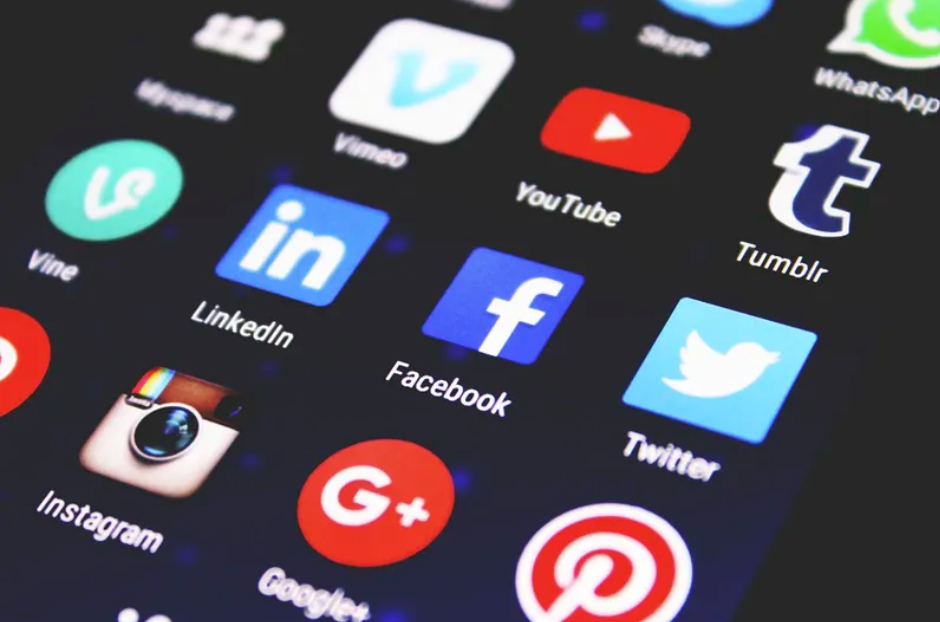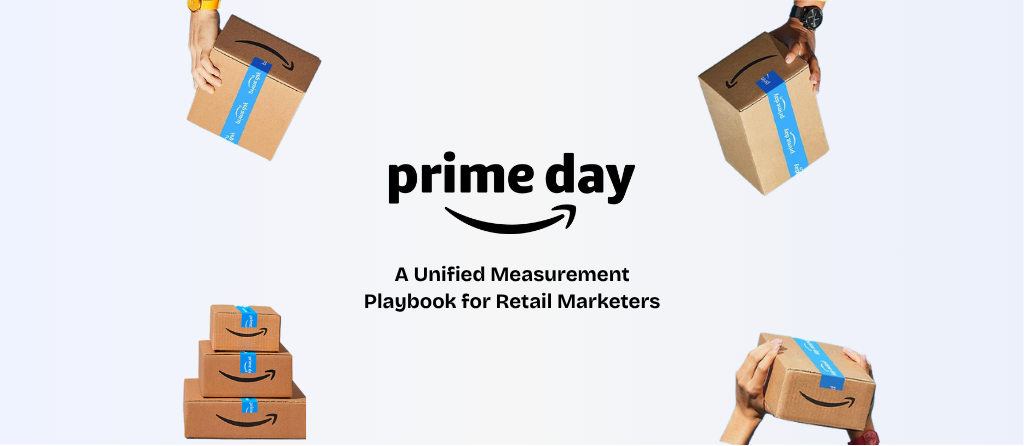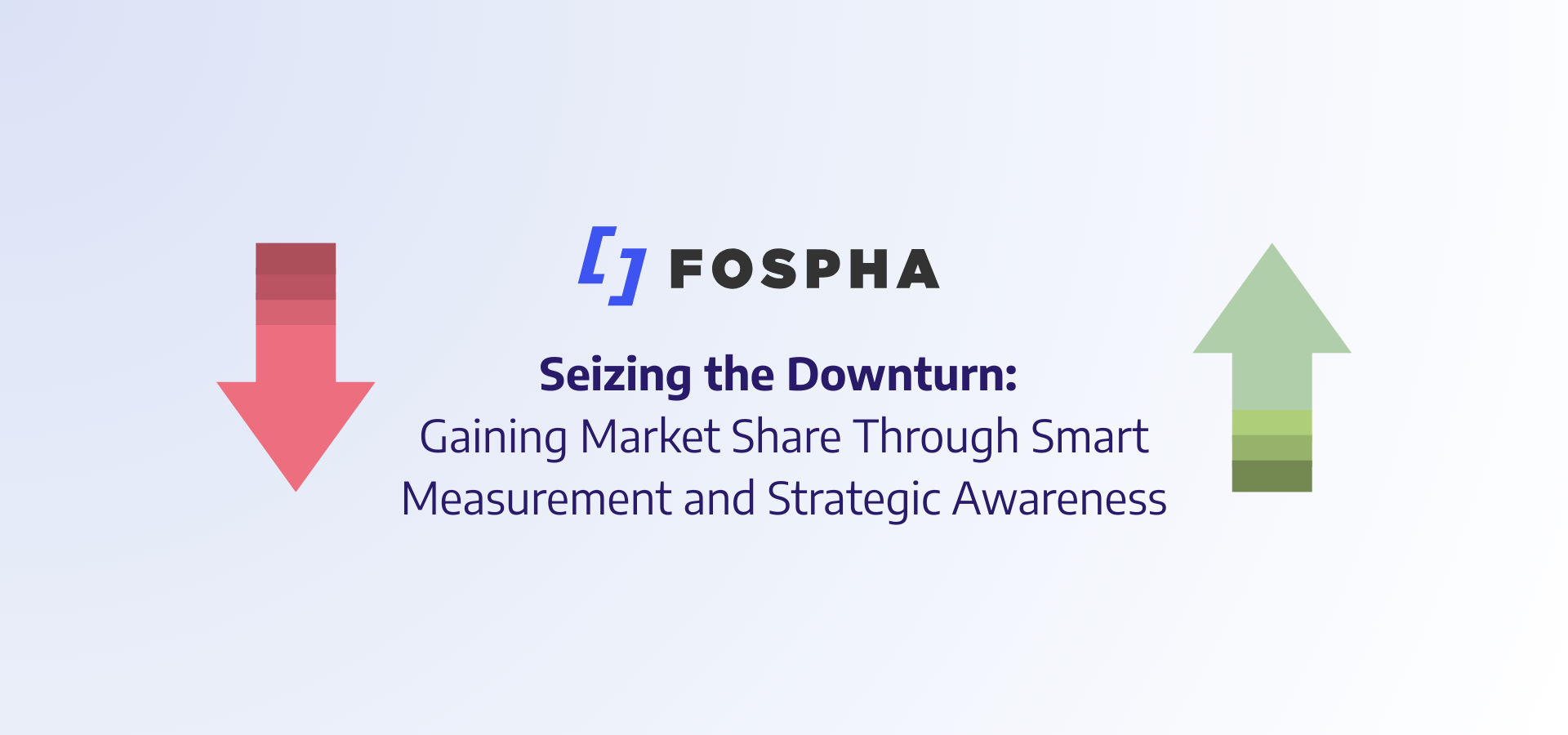Considering the central role they play in driving the customer acquisition strategy of many of the most successful Direct to Consumer (D2C) brands today, it’s particularly noteworthy that understanding the impact of Paid Social channels- particularly giving fair weighting to the role impressions play– remains one of marketing’s toughest measurement challenges. The complexity, compounded by the rate of change across data privacy and emergent social channels, gives rise to confusion about what’s possible. In the below, we attempt to dispel a few myths and shine a light on what can and can’t be achieved when it comes to social media impressions measurement. It might be more than you think.
Whilst there are many contributing factors to the rise of D2C ecommerce, the opportunity provided by Facebook and a generation of Paid Social channels to acquire customers quickly and efficiently has been a profound one. Direct access to a huge audience with powerful targeting and accessible pricing for scaling businesses has allowed D2C brands to grow fast – but the success of the formula has brought challenges too.
In the early days, ad dollars in the bank and the right creative was enough. Simply put, with most or all the spend in one channel (Facebook) with low competition (and low CPAs as a result), it was easy to identify and prioritize the ads that would drive growth.
Fast-forwarding to today, as competition skyrockets and drives up costs, marketers are forced to look beyond Facebook to other social, digital and above-the-line channels for new customers. These can unlock new audiences and demand, but every new channel compounds the complexity challenge – especially as platform reporting tools typically claim full credit for acquisitions they may only be partly or negligibly responsible for driving. Today, marketers often have to rely on gut feel to know how well a channel is really performing in relation to others, what the true cost of customer acquisition is in each and where best to allocate their budgets.
Furthermore, the current global economic environment, along with a number of high-profile IPO flops for businesses with dodgy unit economics, have led to increased investor and board pressure on businesses to have rock-solid control of their customer acquisition cost. As a result, many of the brands we speak with are no longer tolerating the vastly under-reported CPAs and over-reported ROIs in their performance channels, and are seeking to unpick the complexity and uncover the real truth on the role that their Paid Social activity, including social media impressions, is playing in driving sales.
To help, here are some of the most common myths and hard realities we encounter when it comes to social media impressions measurement:
1. Facebook impressions don’t drive customer acquisition (and therefore measuring their impact isn’t important) – MYTH
A simple one to start with, but worth including to set the scene. Facebook impressions play a crucial role for most D2Cs in raising awareness of their brand and driving downstream conversions. This myth is often a direct result of the fact that outside of Facebook’s own tools, measuring their impact is more difficult. That doesn’t mean it can’t be done and it certainly doesn’t mean it doesn’t have value.
2. You can’t measure social impressions at the individual user level – REALITY
Social platforms’ data protection policies, shaped by events like the Cambridge Analytica scandal and the introduction of the GDPR and CCPA, means that it’s no longer possible to access data on precisely who has seen (but not clicked) your ad on a social platform.
The good news, though, is that you can measure the performance of your impressions-driving ads anyway – just because you can’t join an impression to a click doesn’t mean it’s not possible to predict with great certainty that a click was influenced by an impression. Machine learning models like the ones we’ve built at Fospha are able to attribute part or all of the credit away from a click to the impression that drove it.
3. Facebook (and other social channels) don’t tell you when to stop spending on their ads – REALITY
I’m afraid this one is a cold, hard reality. Social platforms are great for acquiring customers but not so great at telling you when to stop spending. It’s because of this that many of our clients come to realize they are overspending in one channel and it’s through modelling the saturation curve and identifying the point of diminishing returns for each channel and campaign that we unlock inefficient or wasted budget.
4. Impressions on different platforms, e.g. Facebook and TikTok, are not worth the same – REALITY
This is a big one for brands just starting to branch out past Facebook/Instagram and into more social channels. Some channels have a much higher number of impressions generated per $ than others – but these cheaper social media impressions won’t necessarily have the same impact. You need to set individual benchmarks for each channel, and measure success separately.
5. Facebook and Instagram can be measured as one – MYTH
Facebook automatically distributes spend between Facebook, Audience Network, Messenger and Instagram, leading some people to believe it’s good enough to bucket social media impressions across all four areas and measure them as one. Fospha customers receive recommendations on each channel separately, and through heavy testing have seen that overriding the default spend allocation between these platforms can lead to much higher returns.
6. GA is an effective tool for cross channel measurement – MYTH (unless you are only using click based channels)
GA is a powerful (and free!) business tool for early-stage companies, however for anyone spending in more than one marketing channel – particularly if at least one of those channels heavily features social media impressions – it is not an accurate measure of performance as it only considers click-based activity.
Whatever stage you’re at with your Paid Social advertising, we hope the above helps you navigate some of the complexity a little more effectively. If you want to talk about how we’ve cracked independent impression measurement and discuss any of the above and more in detail – get in touch!


